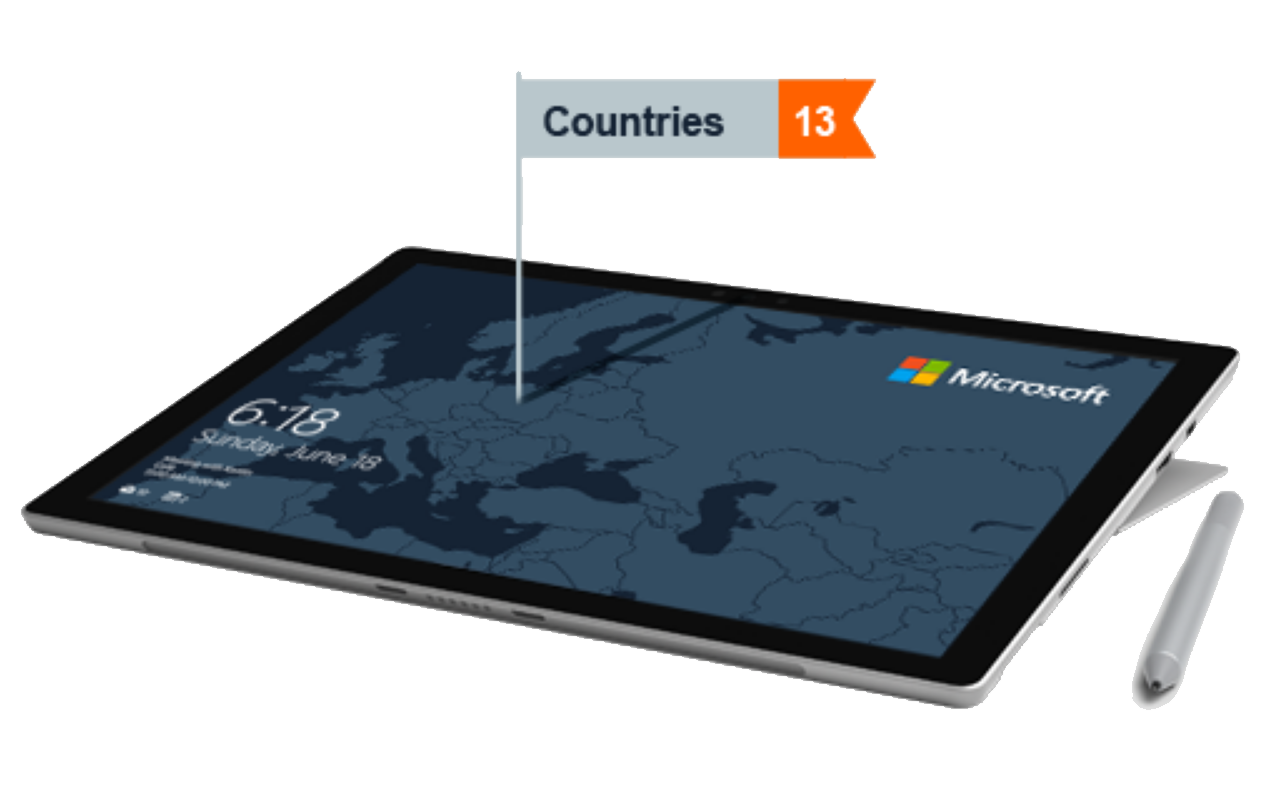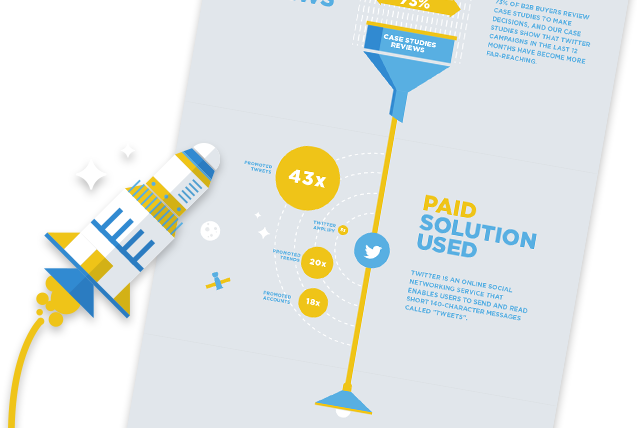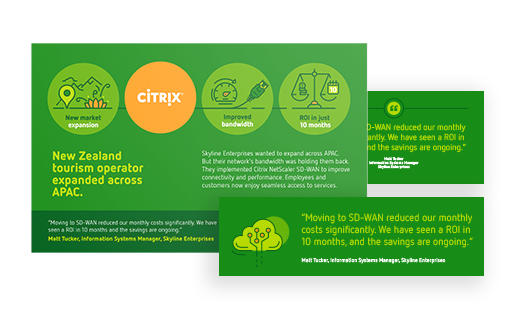
Customer success stories are essential tools to show how your products or services make a difference in the real world. They can help build trust with potential customers. They can inspire existing customers to explore further. Yet, choosing between video and written formats can be challenging for customer advocacy professionals. Both have their own unique pros and cons. So, let’s explore when to use each and why.
Understanding customer success stories
If you’re new to Wings4U or customer advocacy, a quick reminder: a customer success story highlights how the customer benefitted from your product or service without hiding the challenges. It describes a customer’s journey, how they discovered the answer to their problems, and highlights results they achieved. It’s more than a case study or a testimonial. A customer success story combines aspects of both to tell a comprehensive narrative relying on the customer’s own words. And thanks to that, these stories can be very persuasive in attracting new customers or inspiring existing ones.
The power of video stories
Video stories are, well, visual. They capture attention quickly. They convey emotion effectively. Facial expressions, tone of voice, and body language add depth. This can make a story more relatable. Videos can also be especially effective on social platforms that prioritize video content, which can help you reach a broader audience.
-
Pros
- Engagement: Video content showcasing your products or services has the biggest ROI (The Video Marketing Playbook 2024, Hubspot).
- Reach: 93% of businesses have landed a new customer after sharing a video on social media (Video Insights for 2022, Animoto cited by PR Newswire).
- Uniqueness: customer success videos account for only a small fraction of all video content available, making it a standout format in the saturated world of video (State of Video Report: Video Marketing Statistics for 2024, Wistia).
- Preference: 44% of consumers prefer to watch a video, than read an article or attend a webinar to learn about a product or service (Video Marketing Statistics 2024, Wyzowl)
-
Cons
- Producing high-quality videos requires time, resources, and technical ability, which the majority of businesses report to not have (State of Video Report: Video Marketing Statistics for 2024, Wistia).
- Unique know-how is required to make the most out of video content; for instance, 74% of businesses forget about video accessibility; by not adding captions or text highlights, they limit their video reach and retention on social media (The Video Marketing Playbook 2024, Hubspot).
-
Applications
- Customer success videos are great at demonstrating complex products or services. Opt for a video format when launching a new product or service, conveying impact in different industries or showcasing how real customers get the most out of it.
- If you want to highlight personal stories or transformations, a customer success video is likely the only format that can truly help you do that.
- When your distribution strategy is primarily focused on social media, video content can help you reach a broader audience, enhance brand awareness, and generate more leads.
The strength of written stories
Written stories offer depth. They allow for detailed descriptions and narratives of the customer’s journey. Readers can absorb the details of a customer’s challenge, reflect on the decision-making process, experience the ups and downs of adoption, and enjoy the success.
-
Pros
- Conversions: For most B2B brands, customer stories are the best-performing type of content they use for converting leads (Tech Marketers Reveal Their Secret Weapons, Content Marketing Institute).
- Stickiness: Information wrapped in a story is 10x more memorable than just data alone (Made to Stick, Chip and Dan Heath).
- Versatility: a single written customer story can be repurposed into multiple assets, from social media quips through sales slides to infographics (Making the Most Out of Your Customer Stories, Wings4U).
-
Cons
- It’s not easy to capture details that customers would be willing to share publicly; in fact, Gartner found that 87% of case studies do not demonstrate ROI and 90% lack the necessary details which pique decision-makers interest (Customer Success Stories: How to Write and Where to Use Them for Maximum Impact, Gartner).
- Many businesses lack the resources and talent to produce compelling customer stories (The case for those sometimes-tricky customer success stories—and how to get them, The Fast Company).
-
Applications
- A written customer success story is your best friend when you’re aiming to offer a detailed explanation of your product or service to prospects.
- If you’re aiming to improve search engine visibility, the natural language of a customer success story will make the job much easier by enabling you to put up content that literally uses the voice of your customers (which is likely similar to your prospects’).
- A written customer success story will perform exceptionally well when targeting readers who prefer in-depth information.
Choosing the right format
The choice between video and written stories depends on several factors.
-
Goals
- Video: while it may generate a few leads, video is best for brand/product or service awareness.
- Written: one of the best content pieces for lead generation and lead nurturing.
-
Audience
- Video: if your intended audience spends more time on social media or consuming shorter pieces of content, then video is the way to go.
- Written: if your audience tends to do research before making a decision or is detail-oriented, then a written story is your best choice.
-
Message
- Video: some messages simply require visual aids to land correctly; if that’s your case, then opt for video.
- Written: other messages require context and nuance to be conveyed; then, go with written.
-
Distribution
- Video: if you rely heavily on third-party platforms, like social media, then video is the most effective format.
- Written: if you rely on owned media, like your website and email, then you’ll go far with a written story.
-
Resources
- Video: if you and your customer can dedicate the time and talent, producing a video story may be worthwhile.
- Written: if only you have the time, then producing a written story will be an easier pitch, as it usually requires around 3 hours of non-consecutive time of customer’s participation to produce a written customer success story.
Combining video and written stories
Combining both formats can be powerful. Videos can grab attention, while written stories provide the detail. Even if you don’t have the resources for a full fledged video and written story, consider some alternatives:
- Create video highlights showcasing key points of the story through typography and design.
- Collate your best customer stories into teaser videos, dropping logos, the best quotes, or most impactful results.
- Develop mini written stories relying on soundbites that got left out on the video editing room’s floor.
- Craft video transcripts to be used alongside the video hosted on your website, formatting them into a Q&A for searchability.
Conclusion
Video and written customer success stories each have their place. Videos are engaging and emotional, perfect for capturing attention. Written stories offer depth and detail, ideal for complex narratives. Consider your audience and message when choosing the format. Often, a combination of both can provide the best results. Leverage the strengths of each to create compelling success stories that resonate with your audience. And if you’re looking for more tips for creating effective customer success stories, check out previous articles about harnessing the power of customer advocates to boost your content marketing strategy, ways customer success can boost your marketing efforts, and the many styles of customer success stories.







